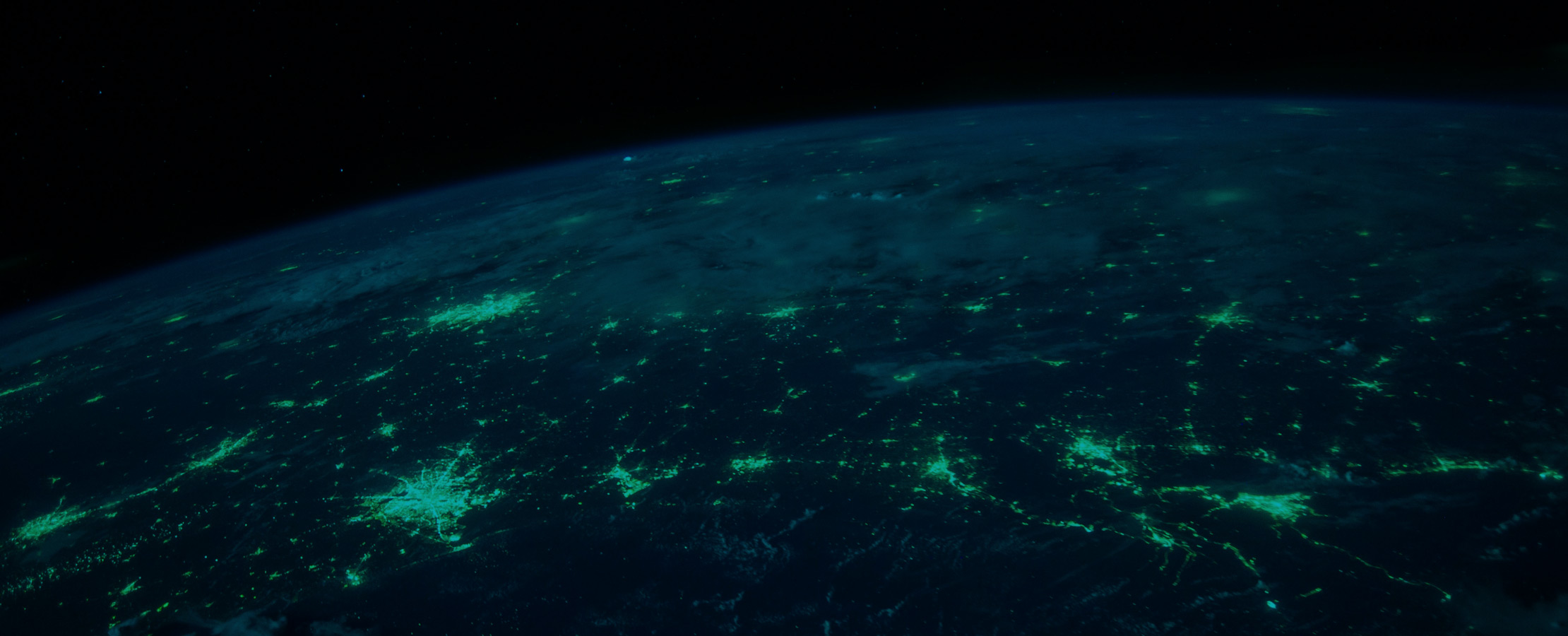3 digital trends which will transform the energy industry
We are living through the Fourth Industrial Revolution – nearly every industry is being transformed at unprecedented speed by advances in digital technology.
The energy industry has always been an engineering leader, with its twentieth-century innovations enabling use of complex grids and new energy sources. Today, there are tens of billions of connected devices rapidly exchanging and processing data, presenting an opportunity for the energy sector to become greener, more efficient, and more competitive. Here are three of the biggest trends in digitalization.
Energy decentralization
The energy sector is in the process of decentralization: the transition from a classical model of distributing electricity from large central power stations to a model in which consumers are also producers ('prosumers'). In a decentralized energy system, electricity flows both ways. Thanks to the adoption of batteries, increasingly cheap rooftop solar panels, small wind turbines, and other innovations, consumers are becoming active participants in the energy market.
The decentralization of energy could play a major role in cutting the industry's carbon emissions, thanks to its association with micro-renewables, energy storage, and the reduced transmission loss (due to electricity being generated nearer consumers). The transition also has the potential to bolster energy security, relieving pressure on the grid during peak times and – in future – supporting localized 'microgrids' which can disconnect from the main grid when necessary.
Decentralization presents a challenge for grid operators, as an inherently more complex and unpredictable system. Meeting this challenge – and making the most of its opportunities – will require energy companies to invest in the Internet of Things.
The Internet of Energy
The Internet of Things (IoT) refers to the vast network of connected electronic devices – not only phones and computers, but smart meters, fitness monitors, air quality monitors, and other technology. Both energy companies and consumers will benefit from this network of billions of devices.
IoT devices help customers use energy more efficiently, cutting costs and emissions. For instance, a smart thermostat only turns on heat when necessary, while a smart washing machine may only run off-peak or when there is sufficient renewable energy available. Given that buildings consume 60 percent of the world's electricity, the IoT presents a potentially vast opportunity to meet climate targets if scaled up.
The energy industry will benefit from using connected devices for demand-side management and equipment monitoring. Access to real-time data across the grid will allow vendors to respond to changes in demand with greater speed and precision, meeting growing demand while minimizing wastage. This is an essential step for meeting climate obligations. Deploying sensors throughout energy infrastructure, meanwhile, makes real-time monitoring possible – reducing the risk of disruptive and dangerous equipment failure.
Data. Everywhere.
The IoT is driving an explosion in the quantity of data collected and analyzed. This means anyone with a smart meter can access insights into their energy consumption – and this data also fuels the creation of powerful predictive tools.
Machine learning tools learn to recognize patterns in data and generate predictions. Predicting renewables capacity using weather forecasts permits planning based on stochastic resources like wind – and allows renewables to compete with consistent energy sources. In 2018, DeepMind began using a neural network to predict Google’s wind output up to 36 hours in advance – in less than a year, this increased the value of its wind energy by 20 percent.
Data modelling removes much of the guesswork from grid management, allocating capacity efficiently and – when integrated with energy storage technologies – helping to balance and support energy transmission to consumers.
More and more energy companies are experimenting with digital twins: sophisticated computer models which replicate a system, often informed by real-time data. These enable remote monitoring of assets – from a single wind turbine to an entire grid – but they are also creative engineering tools. Digital twins are sandboxes in which engineers can simulate what would be expensive, time consuming, or dangerous in the physical world. For instance, a digital twin of the Orkney Island of Eday offered the opportunity to play with a huge number of parameters and hone in on the perfect strategy for reducing reliance on grid imports and fossil fuels.






